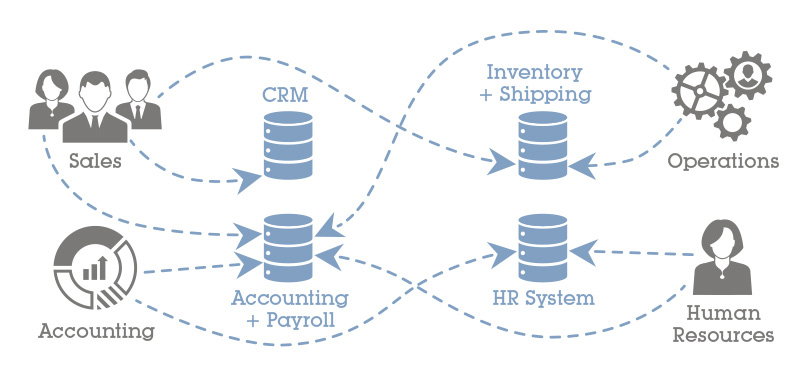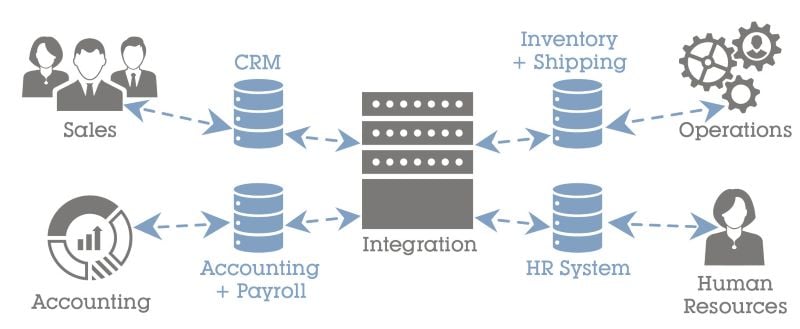One central principle drives business success in current times: Enterprises that can quickly adapt to technological changes drive more significant innovation than their competition. As more businesses adopt cloud-based solutions, enhance internal digital networking, and adopt new software platforms, data-driven decisions become paramount to further growth. Maintaining an expansive, forward-thinking approach to applying technology and integrating internal systems often means the difference between a good-enough enterprise and one that delivers best-in-class results to its customers promptly. Despite several recent challenges, many enterprises have managed to pivot successfully around shifts in technology, digital networks, and hardware, integrating internal processes and systems in a coherent, effective manner to drive positive business results.
Larger-scale enterprises in industries such as supply chain management, manufacturing, and logistics face significant challenges in meeting the demands of a growing digital business landscape. Many larger-scale enterprises are dependent on legacy hardware and software platforms that do not easily integrate into a consistent digital platform. Many larger-scale enterprises have leaders who are reluctant to adapt to new technology, citing expense and training requirements. Establishing appropriate data governance and stewardship roles within any large enterprise is a daunting challenge frequently complicated by a reluctance to adopt a data-driven digital mindset. Even large-scale enterprises with IT professionals on staff can face implementation issues for legacy hardware, modern devices, and various software platforms and ecosystems.
As a result, many large-scale enterprises face a formidable gap between their need to adopt a data-driven digital mindset and their ability to embrace it. Recent challenges have driven disruptions in supply chain management, inventory and material allocation, and logistical matters, forcing many enterprises to reevaluate their approach to software and hardware integrations. Enterprises that successfully adapted to these disruptions engaged in an organizational digital transformation strategy, investing the time and effort to evaluate current business capacities and determine appropriate interventions and actions to shift their business towards a more digitally integrated, data-friendly organization.
Before a Digital Transformation

Discussing digital transformation strategy often requires speaking of two concepts that, although used interchangeably, refer to different processes within an organization. A digital strategy focuses specifically on the targeted application of technology to more effectively serve one particular group of people (such as employees, customers, employees, and suppliers) or the needs of a specific business group (such as inventory control, manufacturing, logistics, or human resources). Digital transformation, on the other hand, focuses on realigning internal processes, procedures, and responsibilities through digital technology, emphasizing the cultural and operational structures within a large-scale enterprise. Enterprise digital strategy focuses primarily on technology tools such as software, hardware, and cloud-based solutions; digital transformation focuses on internal processes, culture, and overall organizational dynamics. Both methods share the same outcome: increased productivity and efficiency while mitigating general risks.
After a Digital Transformation

Learn even more! Read the full white paper from Work Horse Integrations.